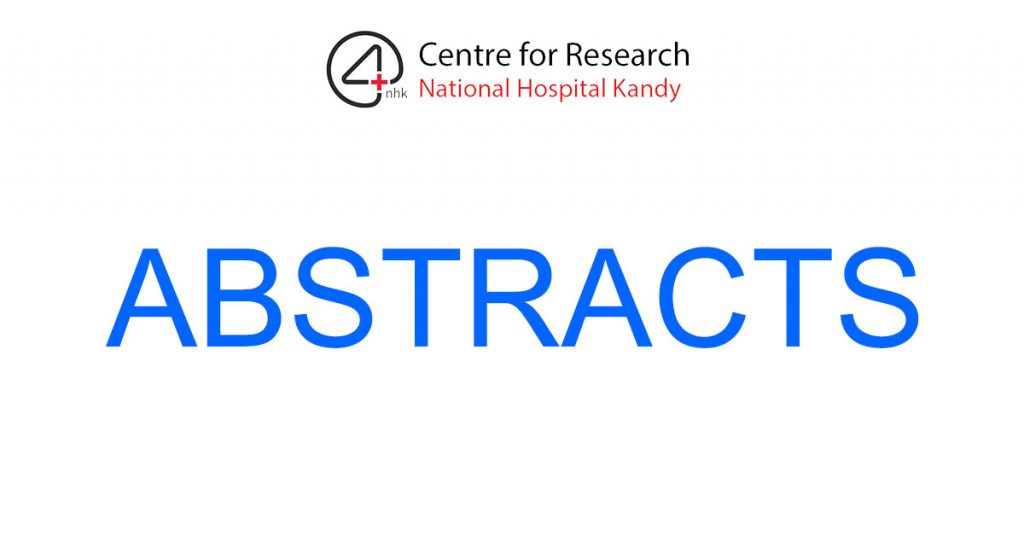‘පැණි රස’, රසයි, ඒත් භයානකයි! කෘතීම සීනි සහ ඔබේ සෞඛ්යයට ඇති අනතුරු
කෘතිම සීනි යනු මොනවාද? කෘතිම සීනි (කෘතිම රසකාරක හෝ පෝෂණ නොවන රසකාරක ලෙසද හැඳින්වේ) යනු සැබෑ සීනි හෝ කැලරි එකතු නොකර ආහාර සහ පාන වර්ග වලට මිහිරි රසයක් ලබා දීමට භාවිතා කරන මිනිසා විසින් සාදන ලද රසායනික ද්රව්ය වේ. මෙවැනි සීනි දැකිය හැක්කේ: සීනි රහිත සෝඩා වැනි රසකාරක පාන වර්ග වල සීනි රහිත ලෙස […]
‘පැණි රස’, රසයි, ඒත් භයානකයි! කෘතීම සීනි සහ ඔබේ සෞඛ්යයට ඇති අනතුරු Read More »



